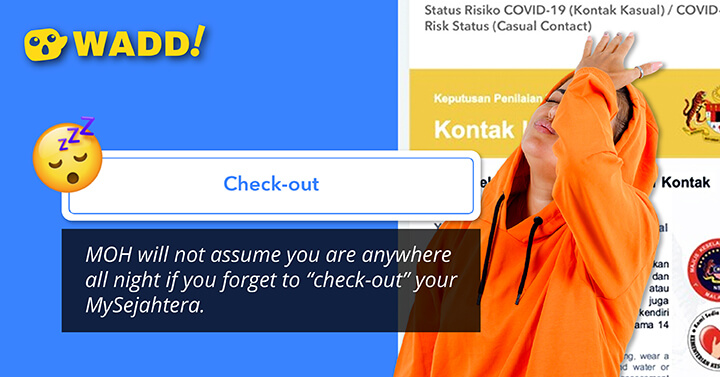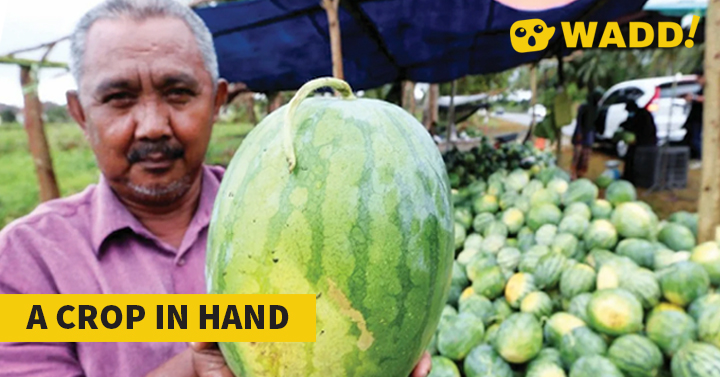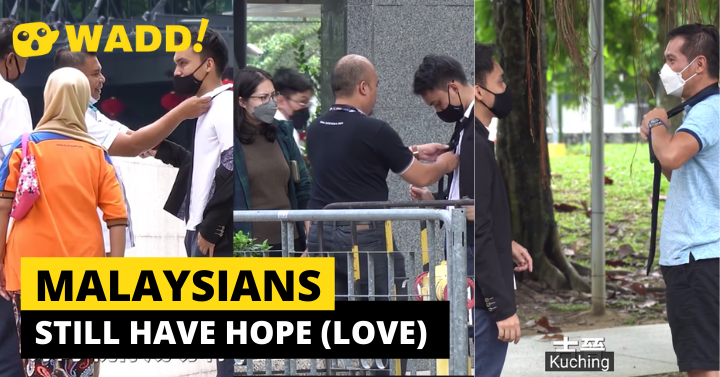Since the introduction of the check-out feature in MySejahtera, many users have raised concerns that the updated function is easily overlooked. It has also led to some confusion. The Ministry of Health of Malaysia (MOH) recently posted explanations of how the check-in and check-out feature works.
The Malaysian mobile application helps to facilitate the tracing of those who may be exposed to Covid-19. It requires users to scan a QR code each time they visit a premise. The new MySejahtera update now requires users to also click on a check-out button upon leaving the premise.

It took a while for the general public to become accustomed to the essential SOP of checking into every location they go. Many who have yet picked up the new habit of checking out neglect to click on the button and wonder if it means their status remains at the premise indefinitely.
The Ministry of Health of Malaysia (MOH) has explained that it is not the case. If a user has forgotten to check out, the MySejahtera app will automatically estimate the user's timespan at a premise. The application can do this with its data collection.
Scenario A, if a user checks into "Premise A" at 7.00 pm and later stop by "Premise B" at 8.00 pm, the system would estimate that the user has been to "Premise A" for an hour. That amount of time is called the "upper bound".
Scenario B, the user left "Premise A" without checking out and went straight home without checking into another spot until the next day. In this case, MySejahtera will estimate using the data of the average time people spend on "Premise A".
The automation helps prevent errors of the new feature, so users do not have to worry if they have forgotten to click on the check-out button.
Nevertheless, MOH still encourages users to check out when exiting a location. The new feature was not created on a whim but to manage the COVID-19 outbreak more effectively in the country. Detailed data assists authorities to identify and classify those at risk of the infection more accurately.
You are alerted not only as a 'Close Contact' but also if you are a 'Casual Contact', meaning you have been near a confirmed case because you have checked in to a place with someone positive at the same time.

Image source via Dr Mahesh Appannan
According to KKM's Head of Data for Crisis Preparedness and Response Centre (CPRC) Dr Mahesh Appannan, 7 million casual contact notifications has been sent to MySejahtera users since March this year.

Image source via Dr Mahesh Appannan
Dr Mahesh Appannan also added steps that one should take if they receive the casual contact notification:
1. Answer your MySejahtera self-assessment.
2. Test if you develop symptoms.
3. Isolate if you are positive.
And comply with SOPs! It is a challenging time for all...but if you think about the healthcare workers, related ministries and other frontline workers, their unwavering efforts to contain the pandemic, what's a click of a button to help, right?
If you still struggle to remember to check out, consider following the satire account Check-Out your MySejahtera on Twitter. Civilians seem to have taken matters into their own hands by making public service announcements now and then just to remind users to check out!

Image source via Check-Out your MySejahtera Twitter
The new check-out feature in MySejahtera is a plus! Information on how long a user is in a location is helpful for contact tracing assessment. So after you are done reading this, do not forget to click your check-out. STAY SAFE!!!








